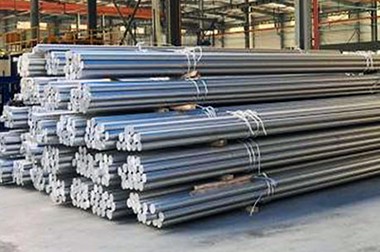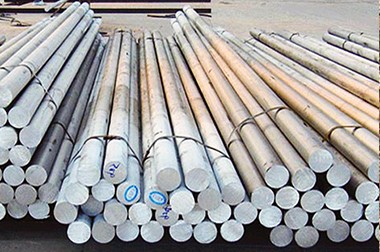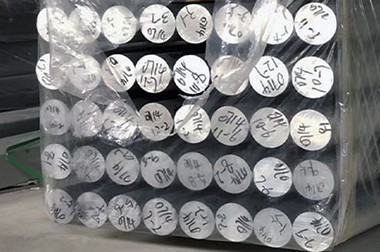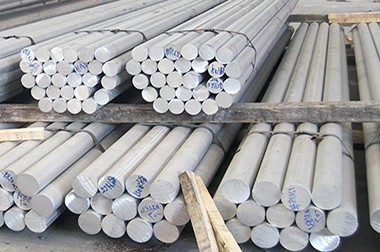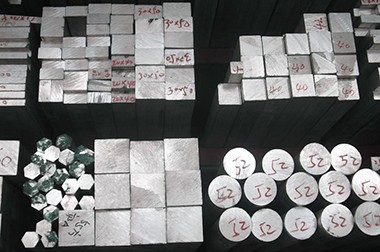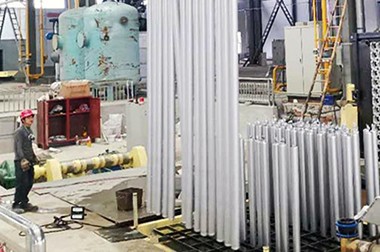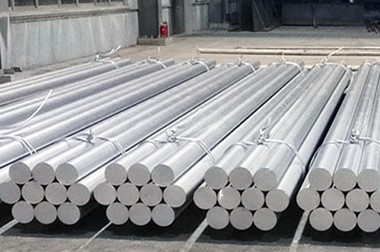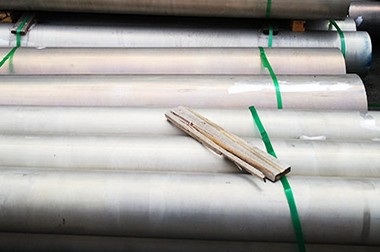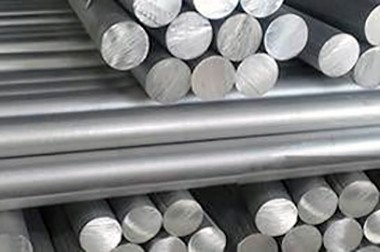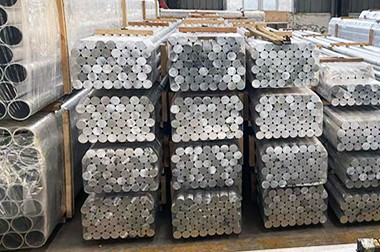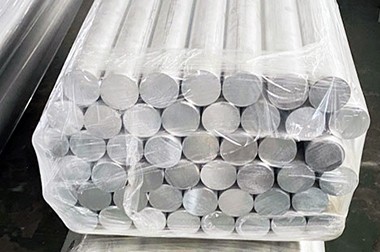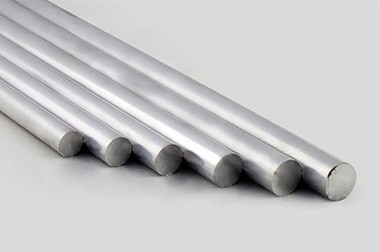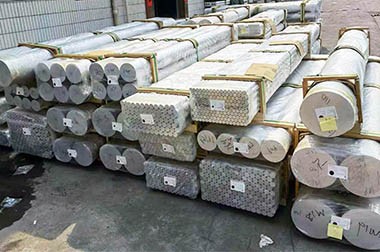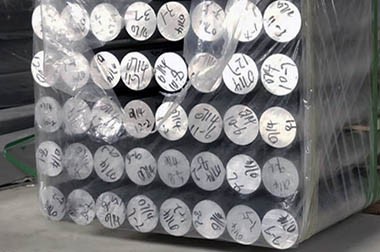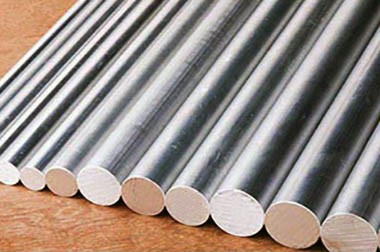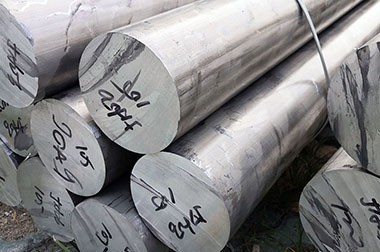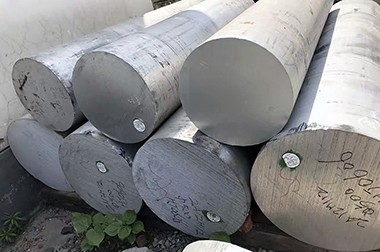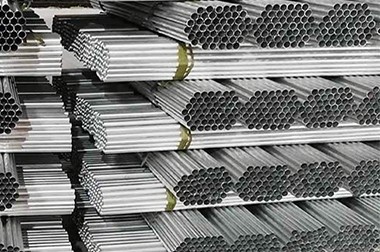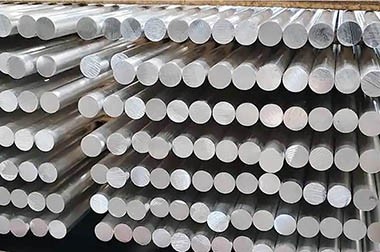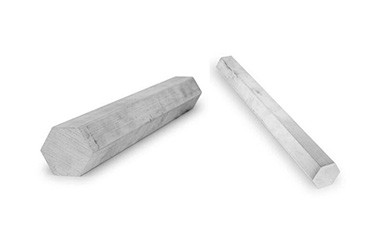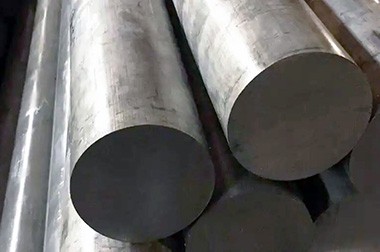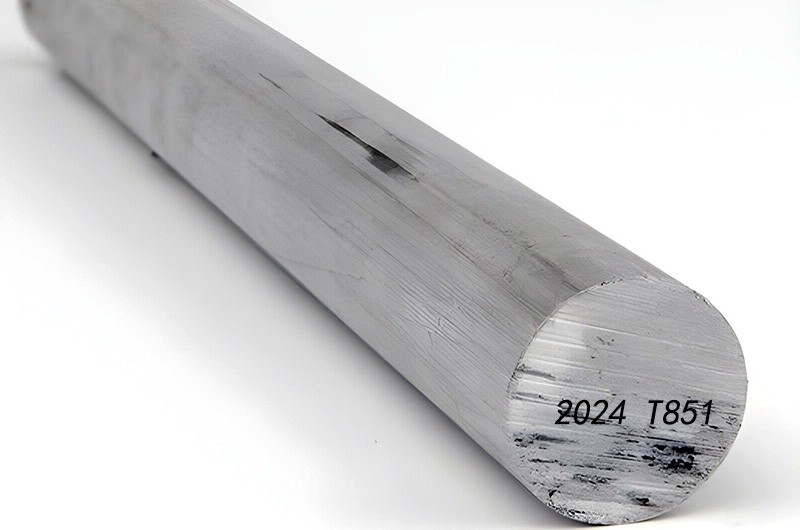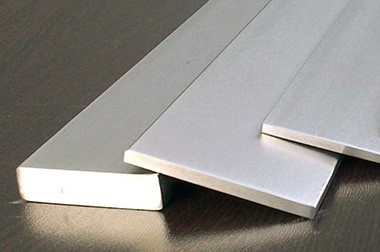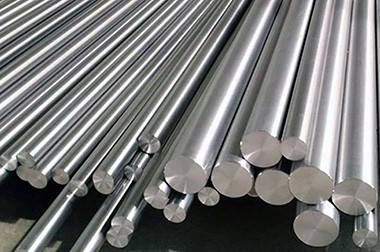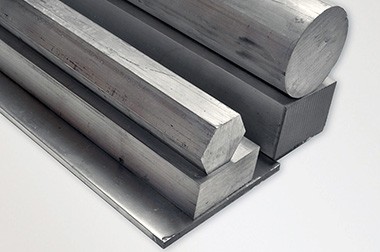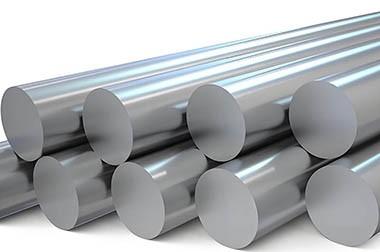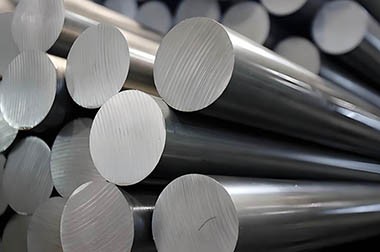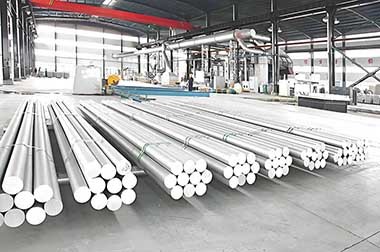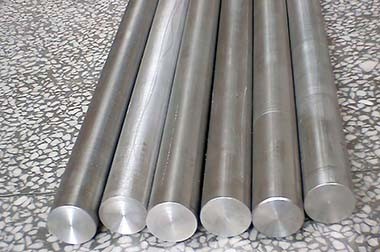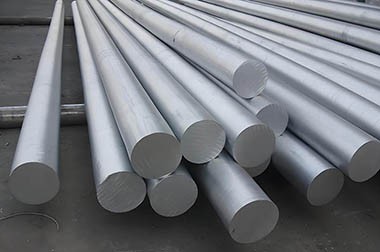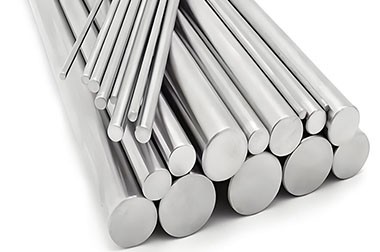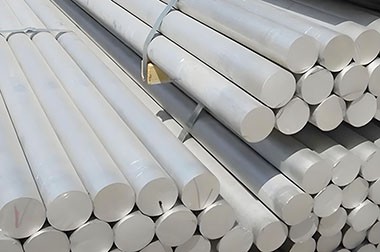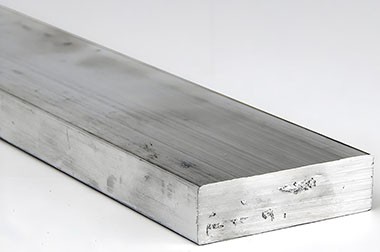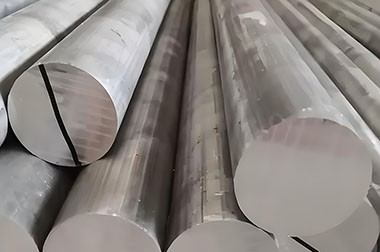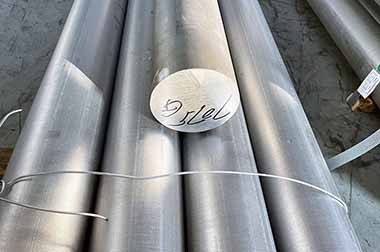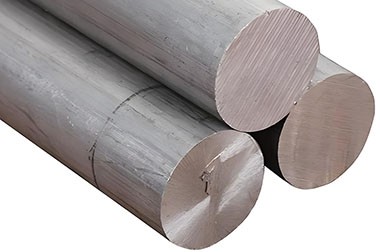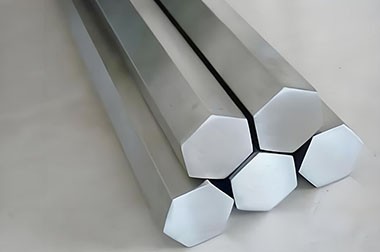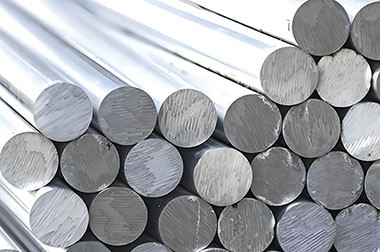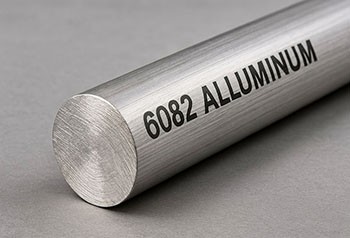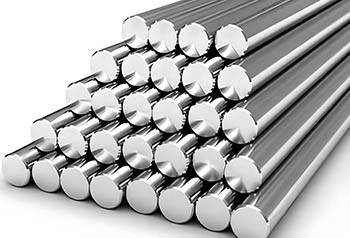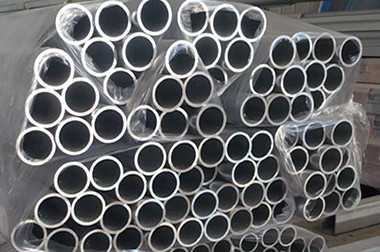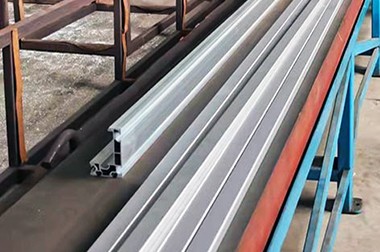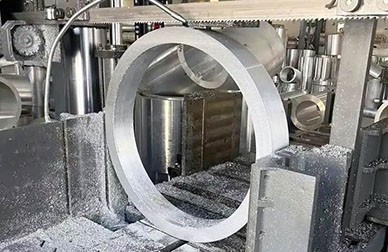6082 Aluminum Flat Bar
The 6082 Aluminum Flat Bar is a medium-strength, heat-treatable structural alloy widely used in industries that require high corrosion resistance, weldability, and machinability.
6082 is a forged aluminum-magnesium-silicon alloy (6000 series) known for its high-strength structural properties. Its strength exceeds that of many other 6xxx alloys, making it commonly used for manufacturing high-stress components. Unlike cast alloys, 6082 is supplied in forged forms (extruded bars, plates, sheets) and is typically heat-treated (e.g., T6, T651) to achieve its mechanical properties.
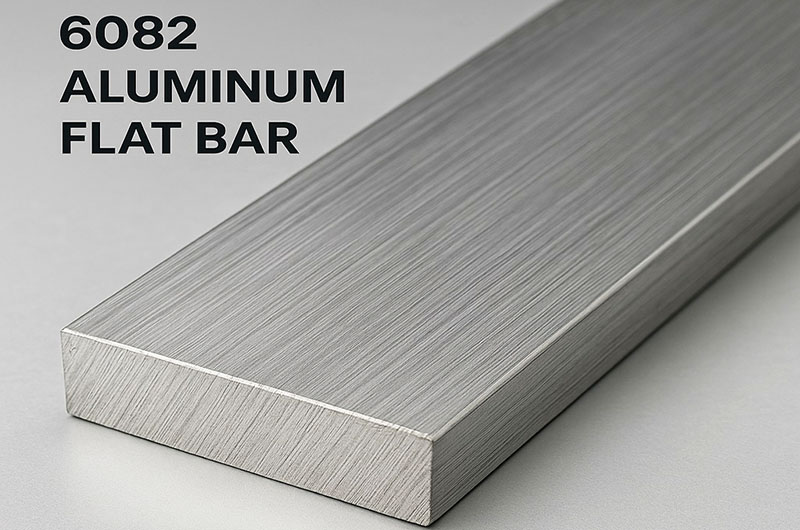
Our 6082 aluminum flat bar is heat treated with T6 temper, offering excellent tensile strength and hardness, making it ideal for high-stress applications. These flat bars are perfect for shipbuilding, bridge construction, and industrial machinery due to their excellent corrosion resistance, which is attributed to the Mg-Si-Mn alloy. Thickness (0.3-600mm) and width (500-2600mm) can be customized, and they are strictly purified using dual filtration technology to ensure material integrity. The products comply with ASTM/EN/ISO standards and are SGS certified. We offer fast global shipping and OEM support. Enhance your project with lightweight, weldable, and durable aluminum solutions.
6082 Aluminum Flat Bar Composition and Material Properties
6082 Aluminum Flat Bar Chemical Composition
- Main elements: Silicon (0.7–1.3%), Magnesium (0.6–1.2%), Manganese (0.4–1.0%), with trace amounts of iron, copper, chromium, zinc, and titanium.
- Key alloying element: Manganese enhances the grain structure, improving strength and corrosion resistance.
| Element | Content (wt.%) |
| Aluminum (Al) | Balance |
| Magnesium (Mg) | 0.60–1.20 |
| Silicon (Si) | 0.70–1.30 |
| Manganese (Mn) | 0.40–1.00 |
| Iron (Fe) | ≤0.50 |
| Chromium (Cr) | ≤0.25 |
| Copper (Cu) | ≤0.10 |
| Zinc (Zn) | ≤0.20 |
| Titanium (Ti) | ≤0.10 |
| Others | ≤0.15 (each total) |
6082 Aluminum Flat Bar Mechanical Properties
Flat bar materials are typically supplied in T6 (solution heat treated and artificially aged) or T651 (stretched + aged) temper. In the T6/T651 condition, the 6082 flat bar generally exhibits the following properties:
- Yield strength (0.2% offset): ~240–310 MPa (depending on thickness and product shape).
- Ultimate tensile strength: ~295–340 MPa.
- Elongation at break: Typically around 10–12%.
- Hardness: Approximately 89–100 HB (Brinell hardness) or ~100 HV.
These values exceed those of 6061-T6 (yield strength ≈270 MPa, UTS ≈310 MPa), but are lower than those of 7075-T6 (yield strength ≈480 MPa, UTS ≈560 MPa).
| Property | 6082-T6/T651 Flat Bar(typical) |
| Tensile strength, UTS | ~340 MPa |
| Yield strength (0.2%) | ~310 MPa |
| Elongation (A) | ~11% |
| Hardness (Brinell) | ~89–100 HB (≈100 HV) |
6082 Aluminum Flat Bar Physical Properties
- Density: 2.70 g/cm³.
- Melting point: 555–605°C.
- Thermal conductivity: 180–188 W/m·K.
6082 Aluminum Flat Bar Specifications
- Temper options: T3, T4, T5, T6, T651, T6511 (T6 is the most common, with higher strength).
- Thickness: 5–500 mm.
- Width: Up to 2500 mm.
- Length: Customizable, up to 6 meters.
- Standards: ASTM B211/B221, EN 573-3, AMS 4156, DIN 3.2315 (AlMgSi1).
6082 Aluminum Flat Bar Surface Finishes and Treatments
6082 flat bar is typically supplied in a rolled condition (extruded or rolled state), which is often relatively rough.
Secondary processing and treatments include:
- Mechanical finishing: Achieving a smoother or shinier surface through machining, grinding, or polishing.
- Anodizing: Can be transparent or colored anodizing to improve appearance and corrosion resistance (similar to other Al-Mg-Si alloys).
- Painting/powder coating: Suitable for colored or protective coatings.
- Chromate conversion coating (Alodine/Iridite): Used for corrosion protection before painting.
- Shot peening or bead blasting: Used for matte/texture surface finishes.
All of these are standard treatments for 6xxx series aluminum alloys. After finishing, 6082 retains its excellent outdoor corrosion resistance (similar to 6061).
6082 Aluminum Flat Bar Standards and Certifications
6082 alloy and its products comply with European and international standards. Relevant standards include:
- EN 573-3: Chemical composition of wrought aluminum alloys.
- EN 754-2: Mechanical properties of cold drawn bars/rods (if cold worked).
- EN 755-2: Mechanical properties of extruded bars/tubes/profiles.
- EN 485-2: Mechanical properties of sheet/plate (flat products reference).
- ISO 6361: Wrought alloy sheet/plate specifications.
For flat bar, EN 755-2 (extruded bars) and EN 485-2 or EN 754-2 (if rolled/cold drawn) are most applicable, referencing temper states (O, T4, T6, T651, etc.).
6082 for aerospace or military applications may also be subject to proprietary AMS/QQ standards.
6082 Aluminum Flat Bar Applications
6082 Aluminum Flat Bar Applications in the Aerospace Industry
| Application Area | Description |
| Aircraft Frames and Structural Components | 6082 aluminum alloy is commonly used for manufacturing aircraft fuselage frames, support structures, reinforcement parts, etc. Its high strength and corrosion resistance make it an ideal material for parts that bear significant mechanical loads, ensuring the safety and strength of the aircraft. |
| Wing Beams and Wing Components | In aircraft wing design, 6082 aluminum alloy is used to make wing beams, skin, and other load-bearing components. It has good tensile strength and fatigue resistance, making it suitable for withstanding the huge pressures and vibrations during flight. |
| Landing Gear Structures | 6082 aluminum alloy is widely used in the manufacture of landing gear components due to its high strength, wear resistance, and impact resistance, enabling it to withstand large impact forces and repetitive loads, ensuring the stability and safety of the landing gear. |
| Cabin Interior Components | Suitable for non-load-bearing aerospace interior components such as seat frames, door frames, window frames, etc. 6082 aluminum alloy has good machinability and formability, meeting the requirements for high processing precision and aesthetic surface treatment. |
What Other Applications is 6082 Aluminum Flat Bar Used For?
6082 aluminum flat bar (a structural alloy) is suitable for applications that require high strength and good corrosion resistance. Typical applications include:
- Structure: Due to its high strength-to-weight ratio, it can be used for bridges, cranes, and railings.
- Transportation: Truck frames, shipbuilding (corrosion resistance in marine environments).
- Industrial Equipment: CNC machining, mechanical parts, and high-stress components.
- Agricultural Equipment: Stress-bearing frames and supports.
In fact, due to the higher strength of 6082, it often replaces 6061 in European engineering projects. Its excellent machinability (T6/T651) and weldability also make it a popular choice for custom parts.
6082 Aluminum Flat Bar Testing and Quality Assurance
Testing Methods:
- Mechanical Testing: Tensile, hardness, and elongation tests.
- Non-destructive Testing: Eddy current, ultrasonic, and PMI (Material Property Identification).
- Certification: EN 10204 3.1, ISO 9001, and third-party testing.
Comparison with 6061 and 7075 Alloys
6082 vs 6061: Both are Al-Mg-Si alloys and are weldable. 6082 contains more manganese (~0.7%), which refines the grain structure, making it stronger than 6061. Aside from that, their density, corrosion resistance, and machinability are similar. In fact, "6082 has higher strength and has replaced 6061 in many applications, " especially in Europe, while 6061 is more common in North America. In terms of mechanical properties, the typical UTS of 6061-T6 is ~310 MPa, YS is 270 MPa, while for 6082-T6, the UTS and YS are ~340 and 310 MPa, respectively. Hardness is similar. Both have good anodizing and weldability, but 6061 is easier to extrude into complex shapes.
6082 vs 7075: 7075 is an Al-Zn-Mg alloy (7xxx series) with higher strength but a higher cost and poorer corrosion resistance. The UTS and YS of 7075-T6 are approximately ~560 MPa and ~480 MPa, while for 6082-T6, they are ~340/310 MPa. However, 6082’s lower strength alloy offers better ductility, weldability, and marine corrosion resistance.
For strength limits (e.g., aerospace components), use 7075.
For general structural components that require medium strength, good weldability, and corrosion resistance, use 6082.

